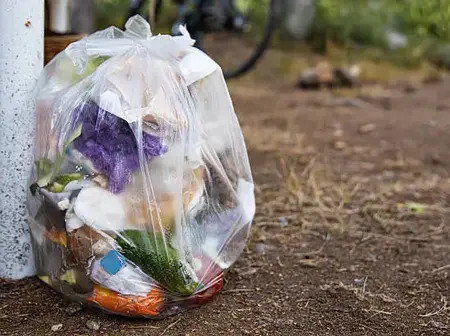Littering is one of the most visible and harmful forms of pollution. It spoils the environment, harms wildlife, and leads to blocked drainage systems and health risks. While the act of littering may seem small, its impact is widespread. Preventing it starts with changing habits, raising awareness, and making proper waste disposal easier for everyone. Here are several practical ways on how to prevent littering.
One of the biggest reasons people litter is the lack of proper disposal options nearby. Ensuring that bins are available in public spaces like parks, markets, bus stations, and streets helps reduce the temptation to throw waste on the ground. Bins should be clearly marked, easy to access, and regularly emptied.
Many people are unaware of the environmental damage littering causes. Running awareness campaigns in schools, workplaces, and communities can change attitudes. Posters, community talks, and social media messages can educate people about the importance of keeping public spaces clean.
Children and youth should be taught early to dispose of waste responsibly.
Laws and fines play a big role in discouraging littering. Local authorities can enforce strict penalties for those caught littering. Visible signage warning about fines, combined with active monitoring, sends a clear message that littering will not be tolerated.
Civic education should also be part of law enforcement to build understanding, not just punishment.
When people see others throwing waste properly, they are more likely to do the same. Individuals can help by setting an example—carrying waste until a bin is found, picking up litter when safe, and encouraging others to do the right thing.
Community leaders, teachers, and parents especially play a role in influencing public behavior.
Regular clean-up drives in schools, estates, towns, or along roadsides help remove existing litter and discourage future dumping. These events also bring people together and raise a sense of responsibility for public spaces.
Involving local leaders, youth groups, and volunteers can make such campaigns more effective.
A large portion of litter consists of plastic wrappers, bottles, and bags. Reducing the use of such items helps limit the potential for litter. Shops and consumers can shift to reusable or biodegradable options, while manufacturers can invest in better packaging.
This approach addresses the problem at the source by cutting down the materials that often become litter.
Everyone contributes to either a clean or dirty environment. Promoting the idea that keeping surroundings clean is a shared duty helps reduce carelessness. Whether at home, school, work, or while travelling, people should be reminded to take ownership of their waste.
Small acts, like not throwing anything out of car windows, make a big difference.

Leave a Reply